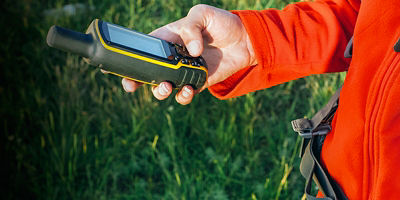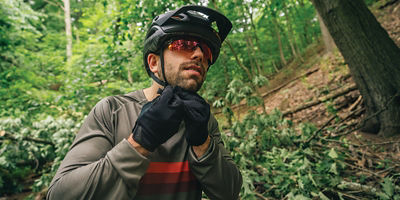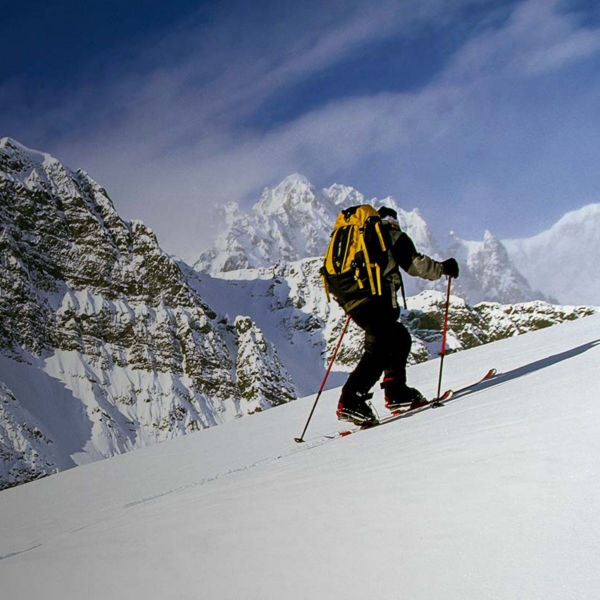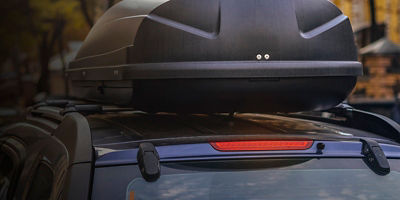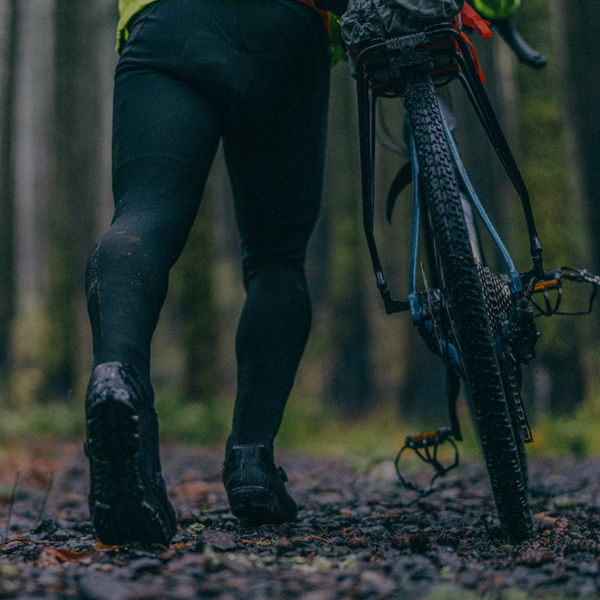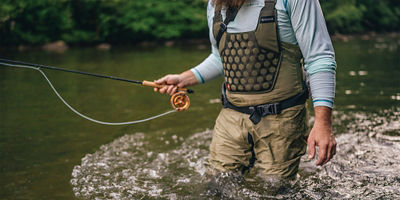
Bikes are incredible tools for quick and efficient travel. That said, if you want to transport more than just yourself—say, groceries, a keg, kids, or touring gear—you’re going to need to adapt your bike for hauling. One of the easiest ways to do that is to use a bike trailer. These wheeled additions attach to the rear of your road bike or touring bike and follow you wherever you point your handlebars. And while some bike commuters rely on panniers or bike racks for carrying extra items, a bike trailer can withstand heavier loads and provide a smoother, more balanced ride. Here’s how to decide which bike trailer is best for your needs.
Types
There are a few different types of bike trailer out there. While many are made from similar materials (usually a steel chassis with aluminum or plastic rails and/or a canvas cover), each one sports different features according to its intended use.
Cargo Trailers
Designed to carry heavy or bulky items, cargo trailers often have high weight limits and robust mounting points to help you secure cumbersome loads. Here are some of the most common varieties.
Uncovered
No cover makes loading and unloading easy. It also keeps the trailer low-profile and lightweight. If you don’t expect to carry fragile items or encounter adverse weather conditions, this is usually the way to go. Sometimes called luggage trailers, these haulers come in both two-wheeled and single-wheeled versions.
Covered
Consider a trailer with a hard-plastic, metal, or waterproof-fabric cover—designed to keep out weather and protect your cargo—if you live somewhere snowy or rainy.
Two-wheeled
For heavier hauling, you’ll likely want a two-wheeled cargo trailer. With its own axle, this type of trailer is a breeze to load and unload, plus it won’t tip at stoplights or as you dismount. The downside is they’re often bigger and wider than single-wheeled trailers, which means you’ll need more room to turn and pass, particularly on narrow roads and bike lanes.
One-wheeled
Relying on a single wheel, often centered behind the trailer, this design reduces rolling resistance, which makes it much easier to move and turn quickly. As such, single-wheeled trailers are great for narrower routes, singletrack trails, and fast rides. However, loading can be difficult since you have to prop up both the bike and the trailer to keep them from tipping over.
Suspension
Both one-wheeled and two-wheel trailers are available with suspension—essentially shocks or springs which help absorb bumps on rutted roads or trails, keeping your cargo from bouncing around. It also helps set your wheels on the ground, improving handling.

































































